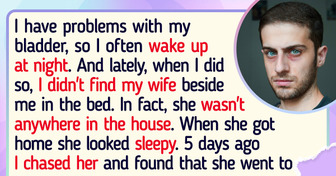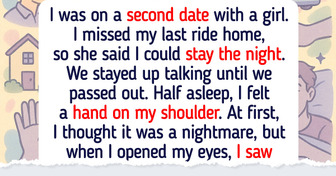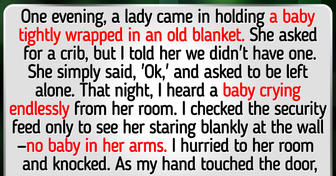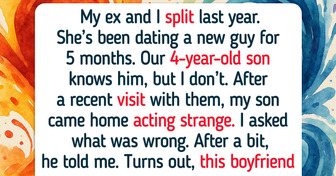15 Mothers-in-Law Who Know How to Spice Up the Life
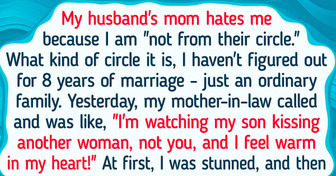
There’s an extra set of DNA that gives some people eyes that are different colors — a condition called heterochromia. It’s very rare, but also harmless. Generally, eye color describes the ring of muscle around your pupil called the iris. It allows light to enter your eye. And the color of the iris depends on the pigment melanin. The more melanin you have, the darker your eye color is. The majority of people have the same amount of melanin in both eyes which is why they match — unless you have a genetic mutation like heterochromia.
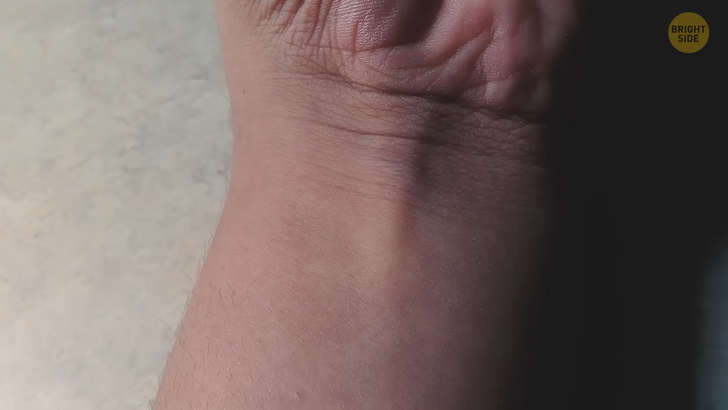
There’s a long palm muscle that was used to help our ancestors perform certain activities like climbing trees. We don’t use or need it anymore, but some people are still born with this muscle. If you want to check to see if you have it, simply put your arm on a flat surface. Touch your thumb with the pinky finger and you’ll see this muscle popping out of your wrist.
There are some rare body features that aren’t very noticeable, like the LRP5 gene mutation that gives some people very, very dense bones — up to 8 times denser than average — making them some sort of superhuman. That means they have bones that are extremely hard to break, plus their skin is less prone to aging.
Also, some are born with an extra rib near their neck. This rib can vary in size and it does not become an issue unless it grows in size — that’s when it causes discomfort. But if it remains normal-sized, it’s like you have an additional bone you don’t even know about.

You’ve probably heard of a widow’s peak. That’s when your hairline forms a V-shaped point in the center of your forehead. Basically, a low point in the middle and higher on the sides. Some people have just a hint of it, while others have a pretty distinctive one, especially when they pull their hair straight back. The name of this feature could be a holdover from 18th-century England when certain women wore black triangular hats whose point would fall in the middle of their foreheads.
Approximately 33 percent of the population has this. When your friend tells you they don’t need to sleep a lot and can operate throughout the day without feeling tired and with no problem, don’t make comparisons or feel bad if you can’t follow the same rhythm. Maybe they have the rare DEC2 gene? Sleep experts generally recommend at least seven hours of restful sleep. But people with this condition, which make up around 5 percent of the world’s population — can sleep for only 4 to 6 hours and get up fresh and fully rested. Their gene mutation allows them to go through a sleep cycle way faster than most of us do. So that leaves them extra time to achieve more things while awake. People like Margret Thatcher and Nikola Tesla had this condition.
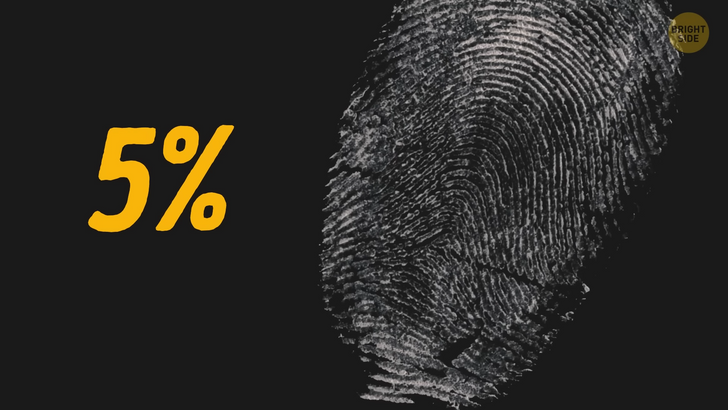
And there are arch fingerprints too. 65 percent of people have loops. About 30 percent have a pattern in the shape of a whorl. Just 5 percent have a specific arch fingerprint pattern. Brown is the most common eye color.
Gray eyes are the rarest — only 3 percent of people have them, which is 3 times less than the number of people with blue eyes. And only 2 out of every 100 people have green eyes. The reason for that is that green isn’t a predominant color so if one parent has brown eyes, green will most likely lose the battle. Also, only 5 percent of people have amber eyes, which means a coppery or golden tone with flakes of green, gold, or brown. But amber eyes are common in birds, dogs, and fish.
Some people have a tooth gap, which is often called diastema. There are many famous people who have made this their trademark. It’s rather unique because up to 25 percent of people from different age groups and populations have it.
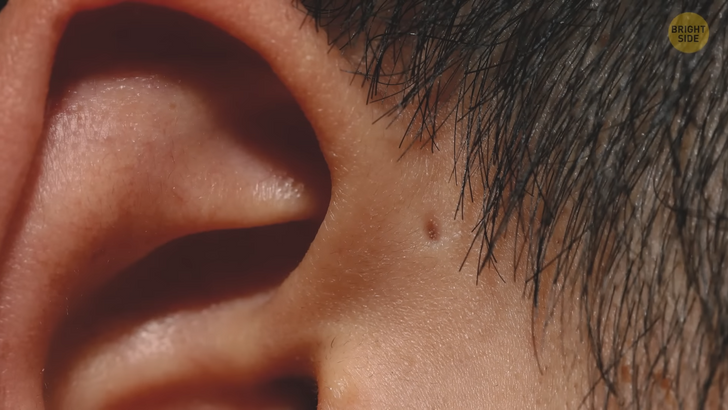
1/4 of the world’s population has an extraordinary sense of taste. These “supertasters” simply have a higher number of taste buds on their tongues than an average person. They’re especially sensitive to bitter flavors. When some of them were going through lab tests, they were repulsed by the bitterness of some chemicals that average tasters couldn’t sense at all. Because they’re so sensitive to certain flavors, these people mostly avoid high-fat and high-sugar foods. That’s good, but they also avoid certain healthy vegetables because of their intense flavor too. On the other hand, the same number of people have fewer taste buds, which means a decreased sense of taste.
Only 5 percent of people have a tiny hole near their ear, which could basically be proof that, once upon a time, all living things had gills. This extra hole doesn’t have any particular purpose and it’s not dangerous.
Another rare body condition is having two layers of eyelashes. Having a second row of eyelashes isn’t a problem in most cases — if you maintain it properly, it can really bring focus to your eyes like Elizabeth Taylor, who had this condition, did.
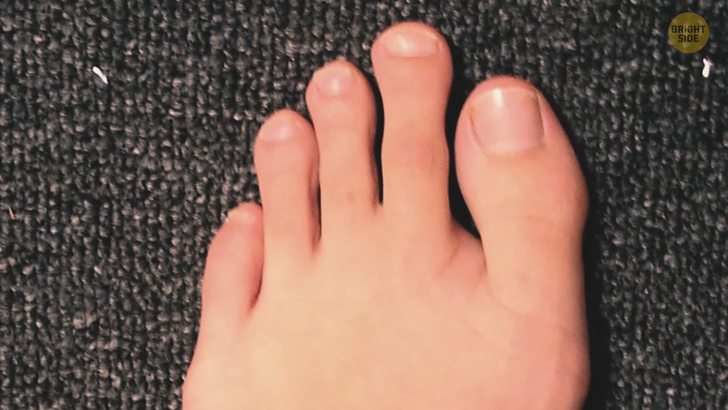
If you have a second toe that is longer than the first one, you have a specific thing called Morton’s toe. Up to 22 percent of people have this feature. It got its name because of the scientist Dudley Joy Morton, who believed the long second toe was an evolutionary leftover that kinda reminds us of pre-human grasping toes. What’s interesting is that the Statue of Liberty also has Morton’s toe.
We all sneeze, but about 25 percent of the general population have a pretty unusual reaction when they’re exposed to direct sunlight — you got it, sneezing. We call this phenomenon a photic sneeze reflex.
Around 90 percent of people are right-handed, while 9 percent are left-handed. And those that can perform most of their tasks equally well with both hands are the rarest. They’re called ambidextrous. Why do we even have a dominant hand? The answer is probably related to the fact our brain has two hemispheres and keeping specific functions on one side means the information doesn’t have to cross over to the other one. So, our genes determine which hand would be the dominant one — and sometimes they create a mutation where a person can do equally well with both.
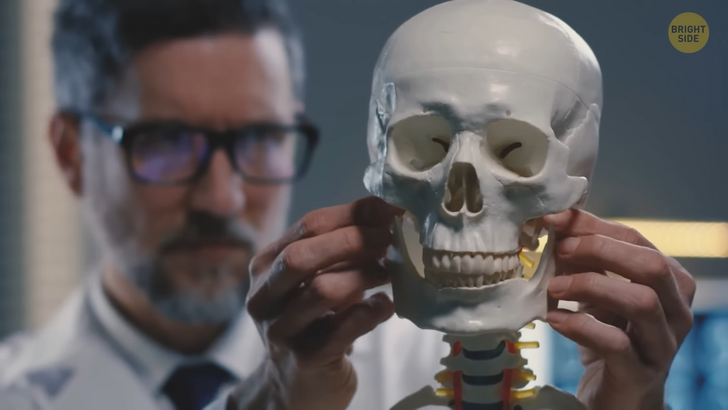
20 percent of the population are born without wisdom teeth. Most people develop them between the ages of 17 and 21. It’s a spare set of molars way in the back. Some people have them even though they can’t see them — they don’t erupt or ever become visible. An x-ray can confirm they have wisdom teeth under their gums. Our ancestors used to really need these teeth.
Humans today have smaller jaws than before — some theories say it’s because our brains got bigger so the jaw had to get smaller to accommodate for space. Yeah, I like that one. Also, since we eat cooked food and our diet is different than our ancestors’, we lost those extra molars through evolution. But some people still have them.
You can see the majority of people have only one clockwise hair whorl. But, 5 out of every 100 people have a double crown. And if you have both of these whorls directed counterclockwise, you’re even more unique!
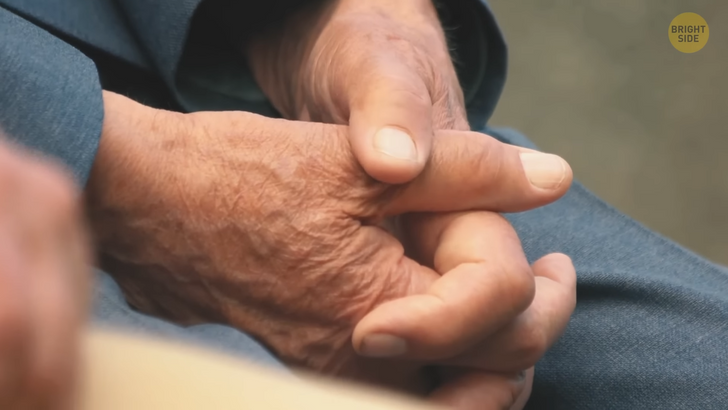
Clasp your hands. Now check the position of your thumbs — which one naturally comes above another? If it’s the right one, you’re in 50 percent of the population. And does it feel kinda weird when you place the left thumb above the right one? For 49 percent of people, it certainly doesn’t because that’s their natural position. Only 1 percent of people place their thumbs next to each other when they clasp their hands.
Do you know exactly which side your heart is on? Rare people have it on the right side of their chest. This is a rare anomaly that mostly doesn’t come with any negative consequences.
If your hair is naturally red, you make up 1 or 2 percent of the world’s population because this hair color is the result of a genetic mutation. Redheads need to have both parents with this gene to inherit this color.

You might think rolling your tongue is not that common, but it actually is — more than 80 percent of people can do it. But less than 15 percent can actually make a clover out of their tongue. Ew...
Did you know some people are able to make a roaring noise in their head using their jaw? Yup, they can do it thanks to a tiny muscle located in their middle ear. Most people can’t contract it willingly, but some can and that’s how they produce a rumbling in their ears that reminds them of thunder or roaring. So, that’s not really a lion behind you. Oops, my bad.
We all get goosebumps when we hear our favorite song or witness something very emotional. Or when we’re cold. But some people — less than 1 percent of them — can actually give themselves goosebumps whenever they want. 1/4 of the world’s population has a Hitchhiker’s thumb. That’s a condition where you can bend the upper part of your thumb 90 degrees backward. Ooh, let’s try it. Ow!


